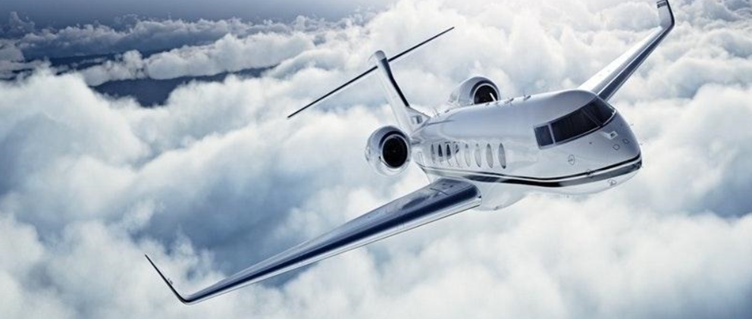WE WOULD WRITE 500 MAILS


Bring out the champagne and party poppers. This is the 500th One Minute Week newsletter. We would like to start by thanking you for reading it. It is also a great opportunity to look at how the market has changed in the past decade or so.
Our first email, back in mid 2010, argued that it was too early for people to talk about a business jet recovery. The market was still suffering from the drop in demand after the 2007/2008 Global Financial Crisis. US charter flights were down 14% from 2007, according to FAA data.
Despite this, many were already calling the bottom of the market. Sadly, they were wrong. Business jet deliveries fell from 727 aircraft in 2010 to 681 in 2011, according to General Aviation Manufacturers Association (GAMA) data. This meant that deliveries had fallen by 48.1% from 2008. US charter flight hours did not return to 2007 levels until 2017.

It was not a big surprise. The week before the first email went out, Bombardier’s chair had said: “Signs of recovery are seen in the significant reduction in business aircraft cancellations.”
CEO of General Dynamics
The CEO of General Dynamics, the parent of Gulfstream, had been optimistic about large aircraft – particularly the future of the G650 – but was still being measured. Asked about the market he said: “It is not back. It is not where it needs to be. It is not where it will be.” He even stressed that the increased interest could not be described as robust. Things were clearly still very tough.
Looking back, two other trends were also starting. First, international deliveries were rising compared with ones to North American customers. In 2011, half of all business jets were going to customers outside the US. This would continue with a sudden rise in Chinese buyers in 2012. The second, was that although deliveries were falling, new aircraft billings were starting to rise as buyers focused on larger aircraft.
Some 10 years later, we are in a similar situation. Deliveries and flights both fell sharply last year. There are, however, real reasons for optimism. GAMA data shows that deliveries in 2020 fell 20.4% from the year before – 644 jets versus 809 in 2019. Manufacturers will not deliver as many aircraft in 2021 as they did in 2019 but should be close in 2022.
Utilisation has bounced back even faster. WINGX says global business jet movements were down 25% in 2020 compared with 2019. US flight hours for the first half of March 2021 are just 2% behind last year.
Two obvious short-term trends are: business aviation is again dominated by the US; and now by individuals rather than corporates. In 2020, 66% of new business jets were delivered to US customers – many of these individuals. The same is true the pre-owned market. Both of these trends could change as vaccines reopen borders and business travel. The reasons to fly by business jet are just as strong outside the US – even if it can be more complicated.
Two other things have not changed over the past 11 years. First, business aviation is still led by entrepreneurs (unlike the far more corporate airline industry), so people are naturally optimistic. No matter how bad things get, there is never a shortage of optimism (even when it is too early).
Second, thanks to people like you, it is still a fascinating industry and we love being part of it. Thanks so much for your help support and we look forward to looking back in email number 1,000.
Of the following, which best describes your preferred means to learn about aircraft related products or services?
Digital brochure/Webpage
Video
In-person demonstration
Printed Media/Print Brochure
Social Media
Newsletters
Subscribe to our free newsletter
For more opinions from Corporate Jet Investor, subscribe to our One Minute Week newsletter.










